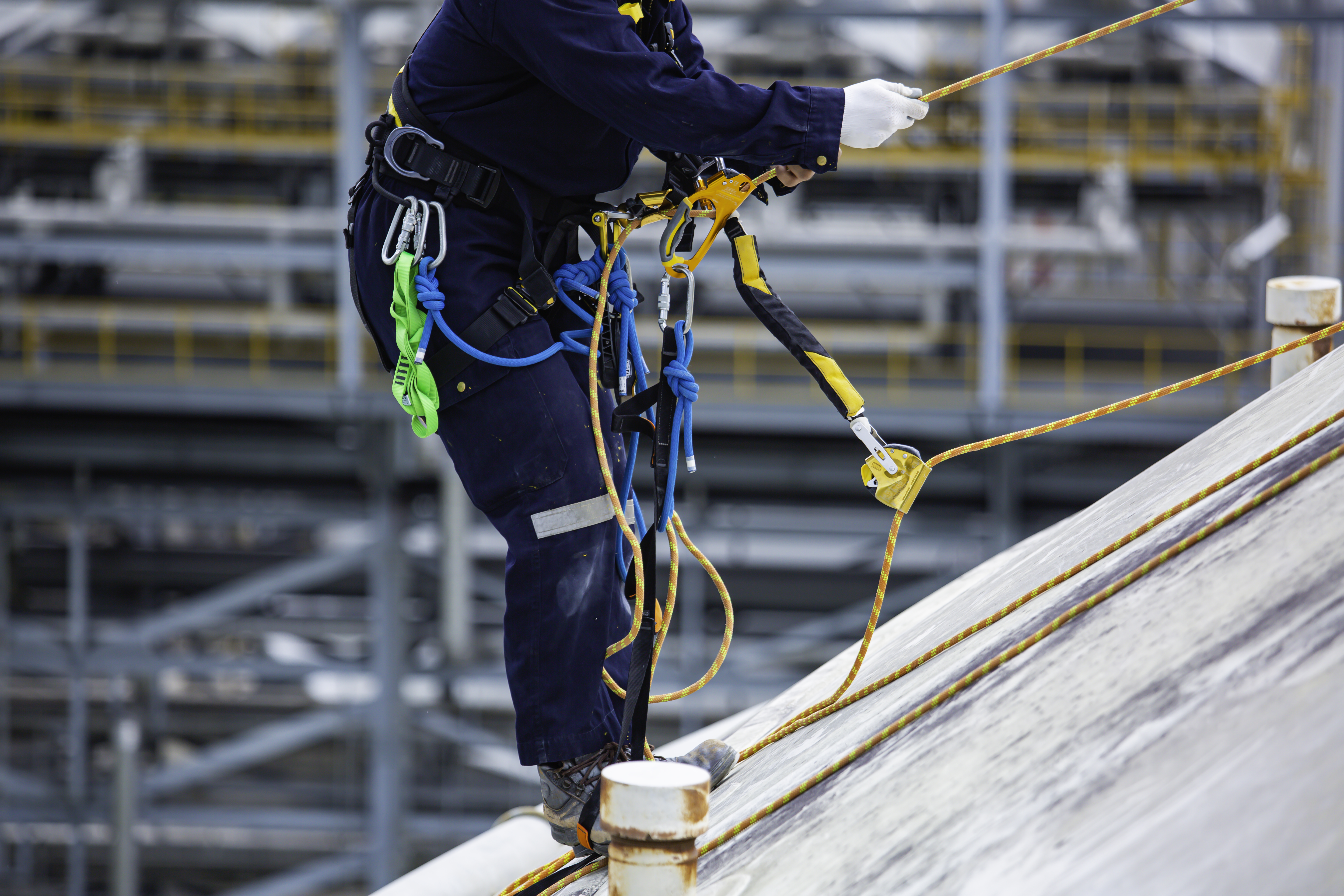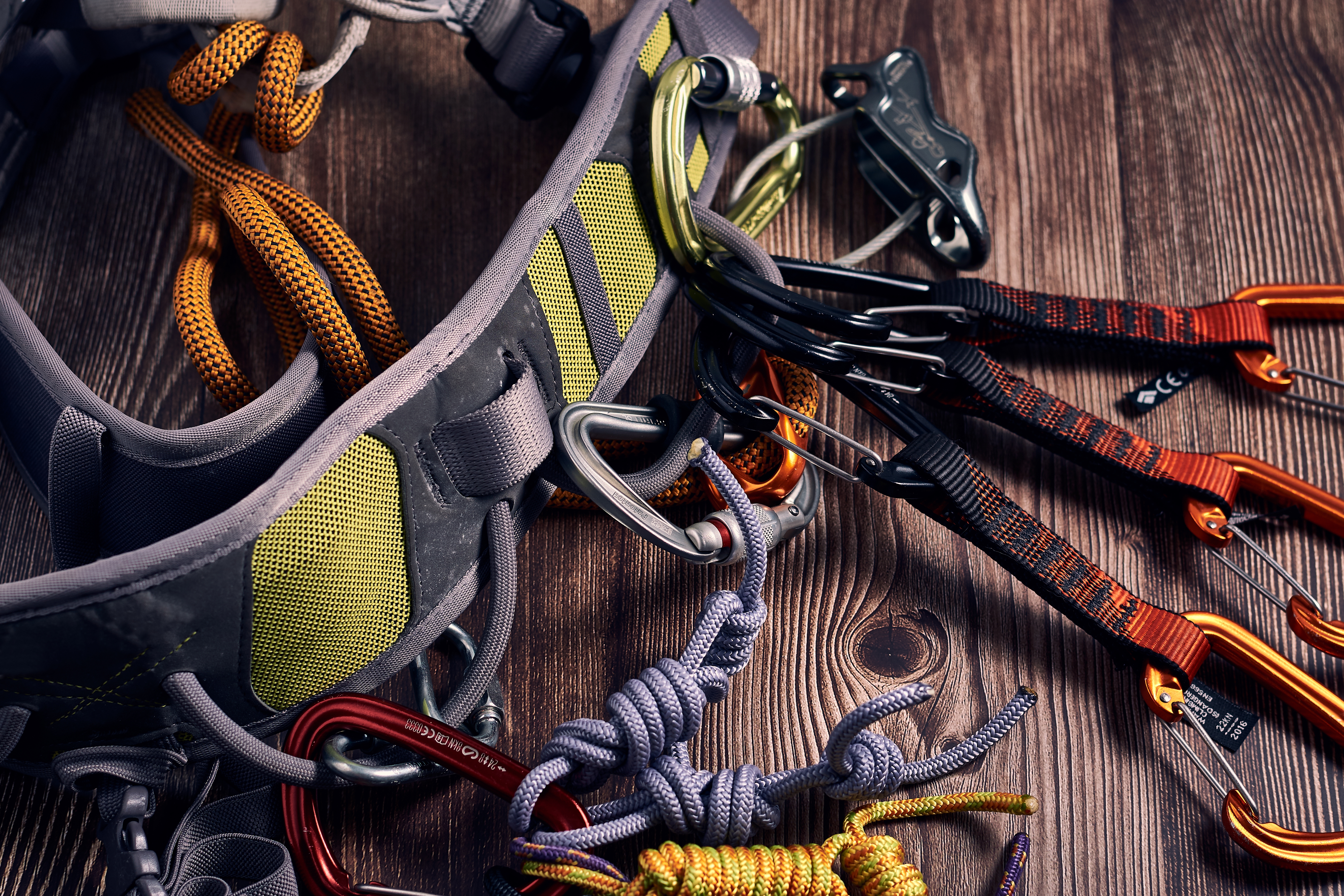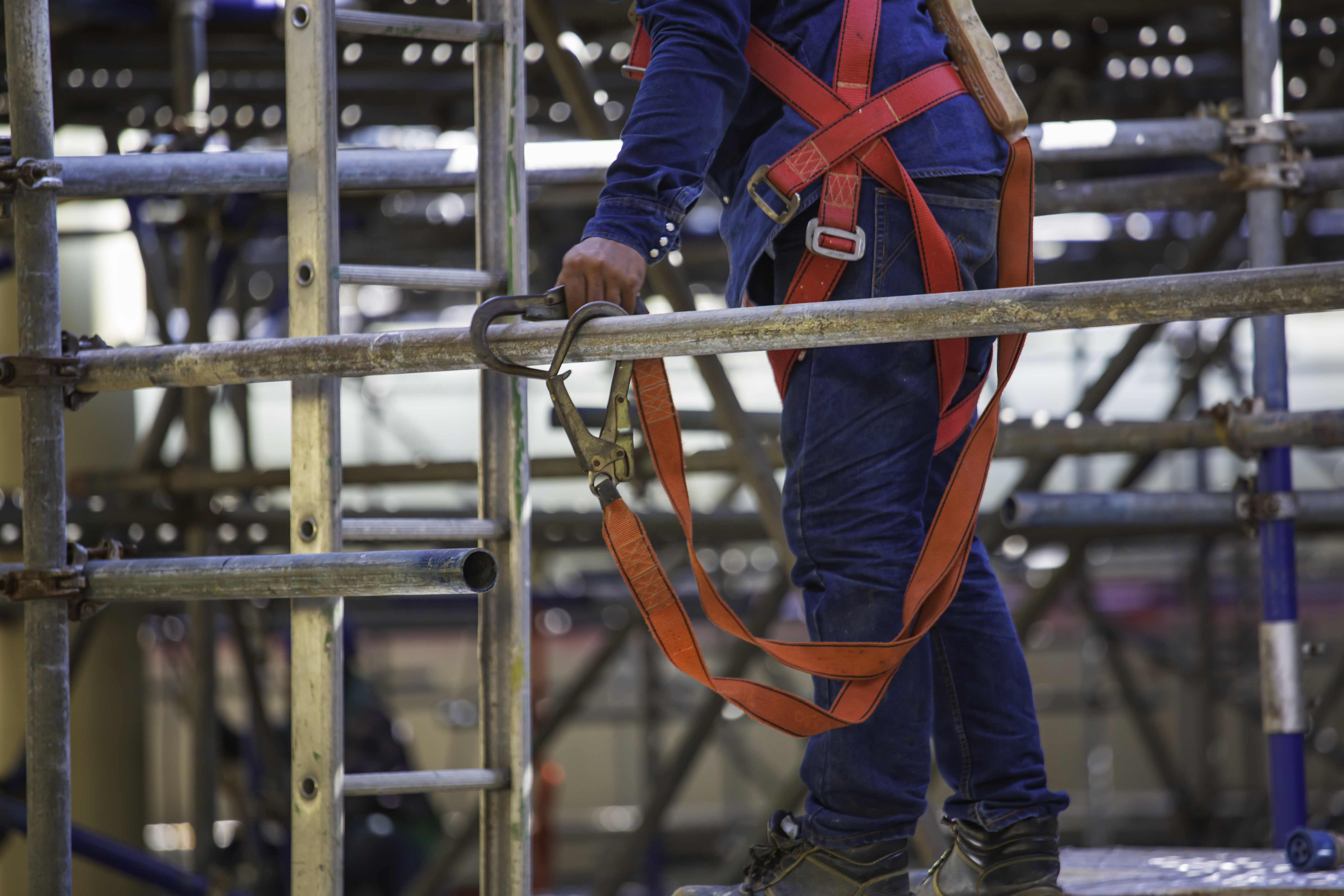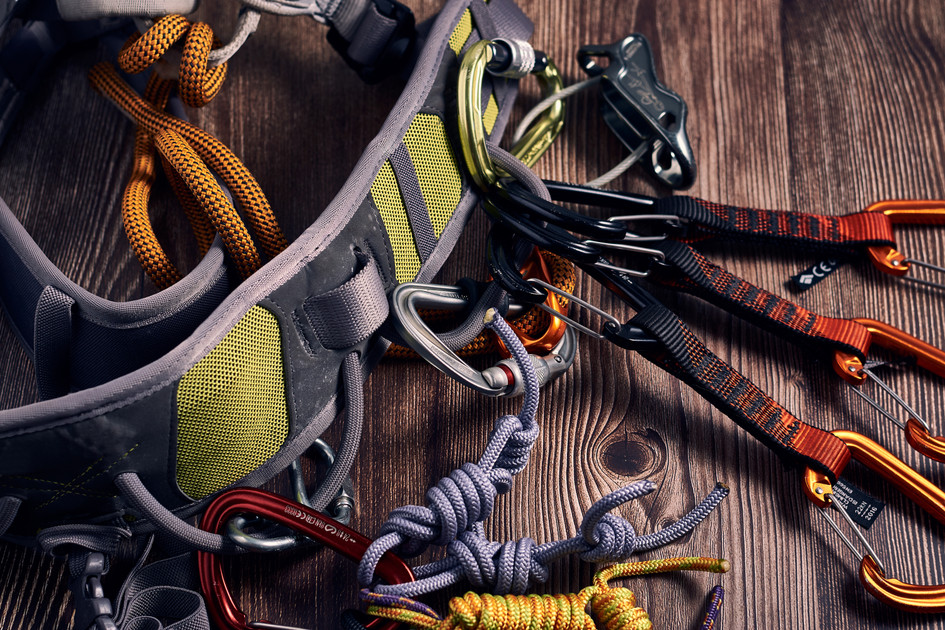OSHA Standard
Posted by Howie Scarboro - CEO Fall Protection Distributors, LLC on Mar 1st 2023
OSHA Fall Protection Standards & Compliance | What You Need To Know
Falls are one of the leading causes of workplace injuries and fatalities in the construction industry of the
United States. Employees need to be aware of safety measures that can help prevent these accidents,
such as complying with the Occupational Safety and Health Administration (OSHA) fall protection
standards. Understanding what is required by OSHA and how to implement it in your workplace is
essential for keeping your employees safe from falls.
In this blog post, we’ll discuss OSHA fall protection standards and compliance, so you can ensure a safe
working environment for everyone on your team.
What Are OSHA's Fall Protection Standards And Guidelines?
OSHA's Fall Protection Standards and Guidelines are an essential part of keeping workplaces safe from
falls. OSHA requires employers to provide the necessary protections to their workers, such as guardrails,
safety harnesses, anchor points, and warning systems. Employers must also ensure that employees are
properly trained on how to use these fall protection measures safely and efficiently.
OSHA also requires that employers regularly inspect their workplace for any potential hazards and
ensure that any fall protection equipment is in good working condition. OSHA standards prohibit
employees from standing on ladders or scaffolding that does not meet specific requirements, and
employers must provide a secure anchor point for workers who are using personal fall arrest systems.
In summary, the OSHA fall protection standards cover all potential hazards that could lead to falls in the
workplace. These include:
• Guardrails and handrails as a means of preventing employees from falling off elevated surfaces
• The use of personal fall arrest systems such as safety harnesses, lanyards, anchors, and lifelines
• Guarding of floor holes and wall openings
• Warning systems to alert employees when they are in danger of falling
• Training for employees on how to use fall protection equipment correctly

What Are The 5 Types Of Personal Fall Protection Systems?
The five types of fall protection, as outlined by OSHA, include:
• Guardrails – these are physical barriers that can be put in place to keep employees away from the edge
of an elevated surface
• Safety harnesses and lifelines – safety harnesses are used in combination with lanyards and anchor
points for personal fall arrest systems
• Positioning device systems – these are systems that help to keep workers in an upright position while
working
• Warning lines and barriers – these can be used to alert employees when they are entering an
unprotected area.
• Containment systems – this is a method of fall protection that involves the installation of guardrails or
netting to contain workers within a certain area.
What Are The 4 Components Of A Personal Fall Arrest System?
The four components of a fall protection system, which must be used in combination to ensure
employee safety, include:
• Anchor points – these are secure points that workers can attach their lanyards or harnesses to
• Safety Harnesses – safety harnesses are designed to restrain an individual and protect them from
falling
• Lanyards – lanyards are used to connect the safety harness to an anchor point
• Connectors – connectors help secure the lanyard or harness to an anchor point
What Is The Best Means Of Fall Prevention?
The best means of fall prevention is to ensure that all employees are properly trained on how to use the
required fall protection system. Additionally, employers should regularly inspect their workplace for any
potential hazards and ensure that all occupational safety and health regulations are being followed. All
employees should be aware of OSHA's fall protection standards and guidelines, which they can use to
keep themselves and their coworkers safe from falls. It is also important for employers to provide the
necessary equipment and resources for employees to use in order to stay safe on the job. Finally,
employers should ensure that all fall protection systems are used correctly and properly maintained.

What Are OSHA's Three Steps To Fall Prevention?
OSHA's three steps to fall prevention include:
1. Assessing the workplace for potential hazards
2. Providing and maintaining the proper fall protection equipment
3. Training employees on how to use this equipment correctly.
It is important for employers to follow these steps in order to ensure that their workplace is safe and compliant with the Occupational Safety and Health A regulations. Additionally, employers should keep workers informed of any changes to the fall protection system or equipment that are necessary for safety.
By following these steps, employers can help reduce the risk of falls and protect their employees from
potentially serious injuries or death.
With proper fall protection, it is possible to prevent workplace falls and create safer working
environments. Employers should take the necessary steps to ensure that their workplaces are compliant
with OSHA regulations and provide employees with the proper training, equipment, and resources for
fall prevention.
What Are The Consequences For Not Complying With OSHA
Standards?
Not complying with OSHA standards can have serious consequences for employers, including:
• Fines – OSHA may issue fines of up to $13,260 per violation
• Civil penalties – if an employer fails to comply with OSHA standards, they may face civil penalties of up
to $132,598 per violation
• Criminal penalties – if an employer willfully and knowingly violates OSHA standards or regulations, they
may be subject to criminal prosecution
• Loss of business – employers who fail to comply with OSHA standards may lose customers due to their
failure to provide safe working conditions
• Legal liability – employers who fail to comply with OSHA standards may be held liable for any injuries
or deaths that occur as a result of their failure to provide a safe working environment.
In addition, employers may face additional penalties and sanctions from state or local governments if they do not meet the necessary safety requirements. It is important for employers to ensure that their workplace is compliant with OSHA standards in order to avoid these potential consequences.
Fall Protection Requirements When Working On Ladders
When working on ladders, OSHA requires employers to provide fall protection systems for their
employees. This includes using guardrails that are installed around the ladder and/or safety harnesses
with a secure anchor point at the top of the ladder. Additionally, employers must ensure that all ladders
meet the specific requirements outlined by OSHA for maximum height, minimum capacity, and proper
construction.

FAQs
Does OSHA require fall protection training?
Yes, OSHA requires employers to provide fall protection training for their employees. This includes
teaching employees the proper use of safety harnesses and other fall protection equipment, as well as
educating them on how to recognize and avoid potential fall hazards.
Does OSHA require annual harness inspections?
Yes, OSHA requires annual harness inspections for all fall protection systems. It is important for
employers to perform these inspections in order to ensure that their equipment is still safe and
functioning properly.
How high can you be off the ground without a harness?
Less than 6 feet. OSHA requires employers to provide fall protection for employees who work more than
6 feet off the ground. This includes the use of safety harnesses, guardrails, and other fall protection
systems.
Does OSHA require a harness in a bucket truck?
Yes, OSHA requires employers to provide fall protection for employees who are working in bucket trucks.
This includes the use of a safety harness and an appropriate anchor point or guardrail system. Employers
should also ensure that their bucket trucks meet the height, capacity, and construction requirements
outlined by OSHA in order to protect their workers from falls.
At what height do I need fall protection in the construction industry?
OSHA requires employers in the construction industry to provide fall protection for employees who are
working more than 6 feet off the ground. This includes the use of safety harnesses, guardrails, and other
fall protection systems.
What is ANSI Z359 1?
ANSI Z359.1 is an American National Standard developed by the American Society of Safety Engineers
(ASSE). This standard outlines requirements for fall protection systems, including safety harnesses and
other personal protective equipment. It also provides guidance on training, inspections, maintenance,
and rescue procedures in order to ensure the safety of workers working at heights.
Conclusion
OSHA's Fall Protection Standards and Guidelines are essential for ensuring the safety of employees
working at heights. Employers must ensure that their workplace is compliant with OSHA standards in
order to avoid potential penalties, sanctions, and loss of business. Additionally, employers should
provide fall protection training for their employees as well as perform annual harness inspections to
make sure all equipment is functioning properly. Following these guidelines will help keep your workers
safe from falls while on the job.
Do you have any questions about OSHA’s requirements when it comes to providing fall protection?
Contact us today and we can answer any questions you may have!

